A few months ago, I began debating ‘cutting the cord’ with cable and going with a streaming television service.
I travel a lot, and to be honest, it doesn’t make sense to keep paying for a service I don’t use.
There are several options — Apple TV, Amazon Fire Stick, Roku, and Chromecast, among others.
I like doing research, so I dug in. Yes, this is fun for me.
Many of the product reviews contradicted one another. As you can see, there were more than 33 million search results. Talk about information overload.
So, what did I do instead? I started reading reviews on Amazon and asking my friends and family.
Fire Stick is affordable at $39.99 and offers access to Netflix, Hulu, HBO NOW, YouTube, Amazon Video. There are some negative reviews:
I remembered that a close friend had raved about his Apple TV, so I asked him about it.
I found out that it’s compatible with my computer, watch, and phone. It has an app for Hulu, and an app for Amazon is in development.
Based on the recommendations of people I know and trust, I bought the Apple TV.
This exact scenario plays out for millions of purchase decisions every day.
Consumers expect marketers to focus on the positive, so they turn to the people they trust. With the rise of social media, the circle of people we trust now includes our favorite industry experts, celebrities, and athletes.
This is influencer marketing.
You’ve likely heard the term thrown around a lot the last few years. It generates mental images of YouTube stars promoting energy drinks and Instagram stars raving about weight loss supplements.
It’s hot, it’s popular, and all the cool brands are doing it.
But will it work for your brand, and more importantly, how do you do it effectively?
That is what I want to talk about today. But first, let’s start at the beginning.
What is influencer marketing?
Influencer marketing is the process by which brands leverage well-known figures who have influence over their target markets to promote their brands.
This doesn’t mean you need to be able to afford to pay Michael Jordan to promote your new athletic wear line.
In fact, many of the most successful influencer marketers are not extremely famous.
Take, for example, Murad and Nataly Osmann. There is a good chance you recognize the style of their photos:
One simple photograph of Nataly leading her boyfriend by the hand has morphed into a massive online following — and a branding empire.
According to Adweek, “They’re working with top marketers like Macy’s and Napa Valley Beringer Vineyards to create compelling ads, and they’re launching a platform to match brands with bloggers.
The #Followmeto project has also morphed into TV and book deals. The couple hosts a 20-minute travel TV show on Channel One Russia that takes viewers behind the scenes of their online photos.”
Sometimes, the best influencers aren’t people at all. Toast, a well-known dog, uses her Internet fame to promote a variety of brands, including coffee, bottled water, and even thigh chafing sticks.
Instagram isn’t the only place you can find influencers.
Lance Stewart, a well-known influencer, has more than 9 million followers on Facebook alone:
He is also active on Snapchat, Instagram, and Twitter.
Finding influencers isn’t about finding the most famous person.
Instead, it’s about finding a person your audience trusts and leveraging that influence to promote your brand.
Influencer Analysis defines an influencer as a normal person who maintains connections with media outlets and other public entities and who uses those connections to help brands promote their products and services.
More simply, an influencer is a person who may or may not use your products and who has your target audience’s attention. They have spent time building a relationship with a specific demographic.
Influencer marketing seeks to leverage that relationship to promote your brand in an authentic way.
Personal anecdotes aside, does influencer marketing really work?
Absolutely.
According to a report by TapInfluence and Influitive, 92% of consumers turn to people they know for referrals above any other source.
And this isn’t limited to close friends and family, either.
Bright Local reports that 88% of people trust online reviews written by other consumers as much as they trust recommendations from personal contacts.
Consumers actually trust absolute strangers more than they trust advertising directly from brands.
This is the power of influencer marketing.
So how do you get started? First, you need to outline your goals.
Outline the goals of your influencer campaign
I’ve discovered that influencer marketing works well for brands that don’t have much of a following.
You’re leveraging someone else’s platform for your own gain.
However, before you create the content, before you find an influencer, and before you do anything else, you need to outline the goals of your influencer campaign.
Why?
It’s simple: Every decision you make is informed by your goal.
The platform you choose, the influencer you partner with, the type of content they create — all of these factors come into play after you lay out your goal.
Let’s work from an example to make this easier to illustrate.
Say you’re working with a client in the gaming industry — specifically in the smartphone app gaming industry.
Mobile gaming is a pretty competitive industry. iTunes offers 18 categories of games and hundreds of popular puzzle games.
The company has been in business for five years and has a solid portfolio of games of medium success, including one highly popular game that was downloaded 25 million times.
They have a new puzzle game coming out, and they want to leverage influencer marketing to get tons of downloads and create buzz around the new launch. Ideally, this buzz would extend to their brand and give their entire game portfolio a good boost.
How can you help them get the most out of influencer marketing?
First, let’s outline the goal.
The goal should have three parts – the influencer’s demographic data, what the influencer will help you do, and how the influencer will help you do it.
“This campaign will partner with a young, highly connected influencer with access to the tech-savvy millennial group. Ideally, they will be into technology and use an iPhone because downloads from the Apple Store exceed those on Android.
Through this campaign, we will exceed the download numbers of our last game by 45% in the first 30 days.
The campaign will include at least 1 video of 30+ seconds to showcase how the game is played, and two or three other social posts on Instagram and Snapchat where our demographic is most active.”
This goal is detailed. It includes specific numbers and platforms. There is a chance that some of these factors will shift.
For example, you might find out that YouTube is a more effective platform for your video game company to use for influencer marketing. Your influencer might share that videos of 60+ seconds get more engagement.
Changing the details of your goal is fine, but the outline should serve as a starting point for all the other decisions.
This template will help you outline your goal:
Influencer marketing campaign goal plan
Who is the influencer?
Name:
Age range:
Popular on what platforms?
Campaign end goal:
Number of posts:
Which platform:
Special considerations:
Now that you have your goal outlined, it’s time to move on to finding your influencer.
How to find effective influencers for your brand
Choosing the right influencer is vital to the success of a killer influencer marketing campaign, but it is far from easy.
Ryan Schneider, the chief brand manager of InsomniacGames, says, “[A] lot of leg work goes into finding the right influencer…If I were a PR person, and I was trying to find the right reporter at The Wall Street Journal, I could do that … probably within one Google search or two mouse clicks. Targeting the right influencers can be a lot more complex.”
According to Tap Influence, there are four main ways in which you can find influencers: searching manually, using databases, tapping networks, or exploring marketplaces.
Manual searching: This method requires conducting individual searches, scanning web pages for information, and then adding the information to a spreadsheet. It’s extremely time consuming and not very effective.
Start by creating a spreadsheet in Google Docs or Excel, then create a column for each piece of information you want to pull about each individual influencer.
Column names will likely include:
- Name
- Industry of influence, including the specific niche (for example, if a gaming influencer’s audience is mostly female, or under the age of 16)
- Total followers (combination of Facebook, Instagram, Twitter, and Snapchat, or the top platforms your audience uses)
- Facebook link
- Instagram link
- Twitter link
- Snapchat link
- Pros
- Cons
- Email/contact info
- Special notes: Do you already have a relationship with them, or do they regularly post about topics closely related to your brand? Add any other information you want to include here.
Next, search Google and relevant social platforms for keywords, mentions of your brand, and related hashtags.
You will find lots of information to sort through. For the mobile gaming client, I switched to Google Images to look specifically for social posts:
This article by Izea seems promising:
In a highly competitive industry like mobile gaming, these high-tier influencers are who I would choose to ensure the highest reach possible.
I would look through all 25 and add influencers who seem like a good fit to my spreadsheet.
The next step is to search on the most popular platform for our target audience. In this case, I head to YouTube.
The most effective strategy is to look at videos with the highest engagement, either from my brand or my competitors’, and then look at who shared or engaged with those posts.
From there, I would be able to find the top influencers.
I am using a fictitious example, so I can’t search for our brand.
Since we are in mobile gaming, I am going to search for Two Dots, a popular puzzle game. Based on a quick search of the brand name, I see two possible influencers:
The top video is old, and ghostlyintl mostly shares videos of songs from independent artists.
This won’t be a good fit for our gaming site.
The second video is from the actual brand Dots. It’s also not a good fit.
The third, edgepot, might represent a good fit. The video is a walkthrough of the Two Dots game, edgepot’s channel is active, and the channel has more than 100,000 followers. Looks promising!
I would add them to the spreadsheet and keep going.
Keep in mind, all this research garnered me just one possible influencer to target.
Manual research is extremely labor intensive. However, for smaller brands looking for very niche influencers, this is likely the best choice.
Databases: These are tools that will do the site-scraping for you by pulling publicly available data. These can be good places to start, but vetting each influencer can prove time-consuming. Basically, instead of manually doing the searches, databases do the heavy lifting. They’re less time-intensive than manually searching and cheaper than other options.
Examples include Little Bird and Inpowered.
Inpowered has a list of clients it has worked with in the past, including case studies:
For our mobile gaming company, this doesn’t seem to be a good fit. A more traditional brand might find this database useful.
Networks: This method of connecting with influencers sits in between databases and marketplaces. A network has built relationships with influencers, but you have to go through their profiles to reach out.
Networks tend to focus on specific genres, such as Dad bloggers, lifestyle influencers, or food enthusiasts. Examples of popular influencer networks include Hello Society, Activate, and Fitfluential.
After a little research, I come across a good fit for our mobile gaming company: MatchMade.
They make it super simple to search for exactly the type of influencer I want, including allowing me to sort my options based on reach, location, subscribers, and engagement.
Another benefit of networks is that they often offer more tracking and analytics. Matchmade offers a full dashboard:
There are a lot of pros to choosing a network — you are able to select exactly the type of influencer you want based on many different factors. Tracking is included, making it easy to see if you are reaching your goals.
However, this also tends to be the most expensive option.
Marketplaces: A marketplace offers the best features of a database by pulling in real-time information, but it allows you to avoid middle man. Marketplaces tend to offer less tracking, but they are also more affordable.
Examples of market places include Tribe, HYPR, and Brand Snob. Much like dating sites, marketplaces allow you to look at hundreds of profiles of different influencers.
Here is an example of an influencer profile on Tribe:
I can easily see her reach and an example of her work. This is much easier than sorting through thousands of Google search results.
Choosing the best method for finding an influencer that fits your needs can be complicated. Ultimately, you are looking for a partner, and just like any partnership, you need to take your time and consider all the options.
The final decision is likely going to be based on what resource you want to spend — time or money.
Getting the most out of your influencer campaign
You have outlined your goals, chosen an influencer, and started to build a relationship with them.
Now it is time to create your actual campaign. Here are tips for getting the most out of your killer influencer marketing campaign.
First, be authentic. The reason traditional ads aren’t as effective today is that people crave authentic connections.
Even though you are paying for the influencer to talk about your brand, you must keep authenticity in mind to be effective.
Jay Baer of Convince and Convert says it best: “If an influencer doesn’t fit a brand’s ethos, the authenticity factor is going to plummet.” Choosing the right influencer is the first step toward maintaining authenticity.”
Second, choose the platform you use carefully.
Pay attention not only to where your audience is most active but also what type of content performs best on each platform.
Take, for example, this video created by Harry’s Razors:
On Facebook, the video got three thousand views.
On Instagram, Harry’s chose to post a screenshot of the same video:
Even though Instagram supports video, they tend to perform better on Facebook.
According to Murray Newlands,“Different platforms are used to reach different audiences and demographics, and the same goes for what product or service you’re marketing: beautiful photos of your product belong on Instagram, while eye-catching videos will perform better on Facebook.”
Take the time to build a real relationship with the influencer. This gives you and the influencer a chance to see if you are a good fit and increases authenticity.
Angela Stringfellow of CODA Concepts says, “Start slowly by following them on social media, sharing their content, commenting on their blogs and engaging them in relevant conversations whenever possible. Establishing a relationship of mutual trust is the key to successfully engaging your market’s thought leaders as brand advocates.”
Empower your influencer through information and access to your brand, but don’t take creative control. Ideally, you’ve chosen an influencer who is already engaged with your brand.
If not, make sure they truly understand your brand’s voice and what you stand for.
Invite them to your offices, offer tickets to your events, and share interesting stories about your brand and the people you help.
But remember, they are popular with your target audience for a reason. To keep the interaction authentic, you need to relinquish creative control.
Conclusion
Influencer marketing might seem like just another buzzword born of a generation obsessed with smartphones. However, the practice is nothing new.
Put simply, people trust people more than they trust brands. Influencer marketing allows you to leverage that trust to create goodwill towards your brand.
The steps I outlined above will help you find the best influencer and get the most out of your partnership.
Have you implemented an influencer marketing campaign? What were your results?

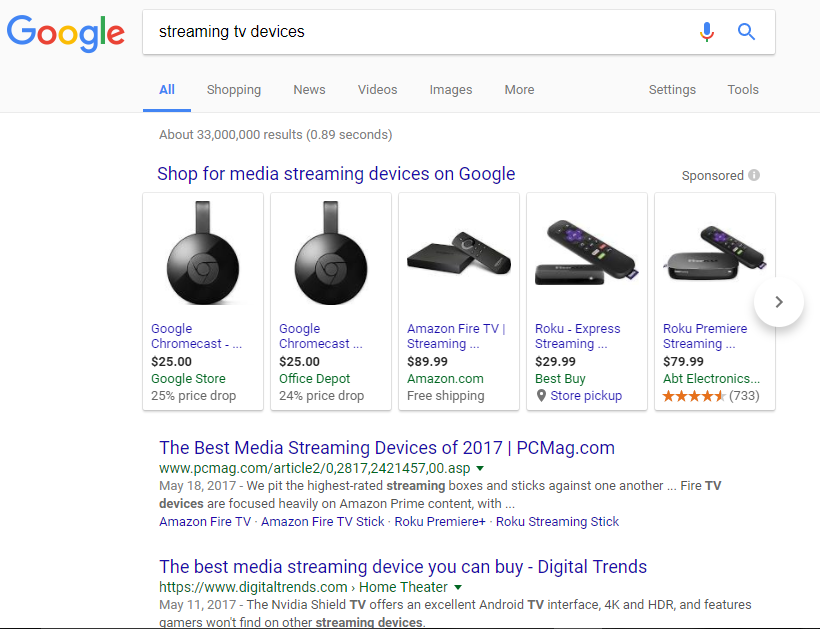
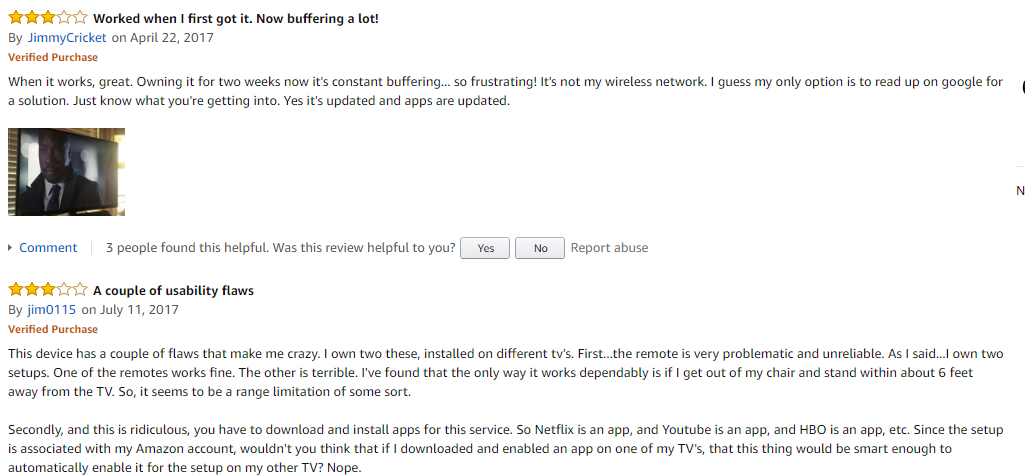
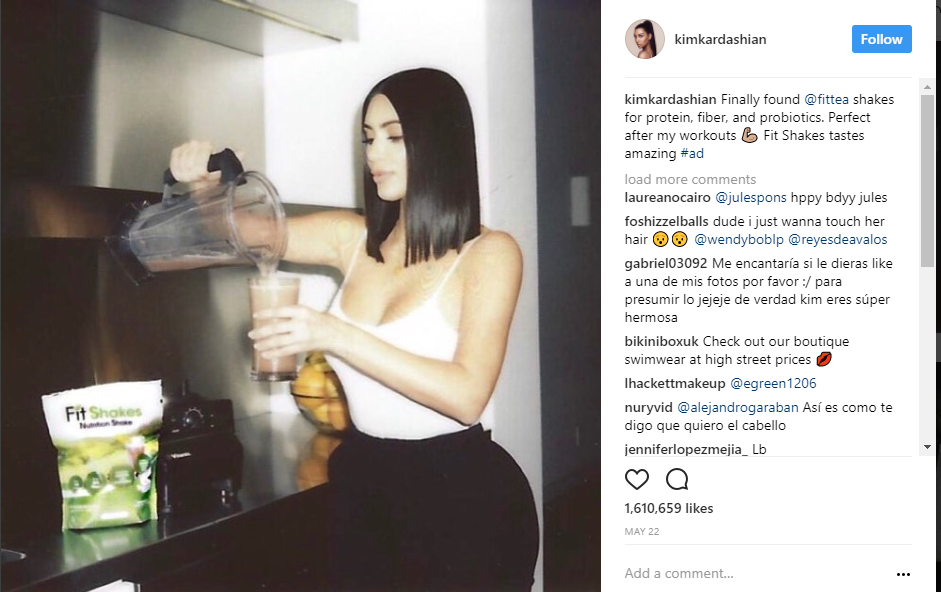
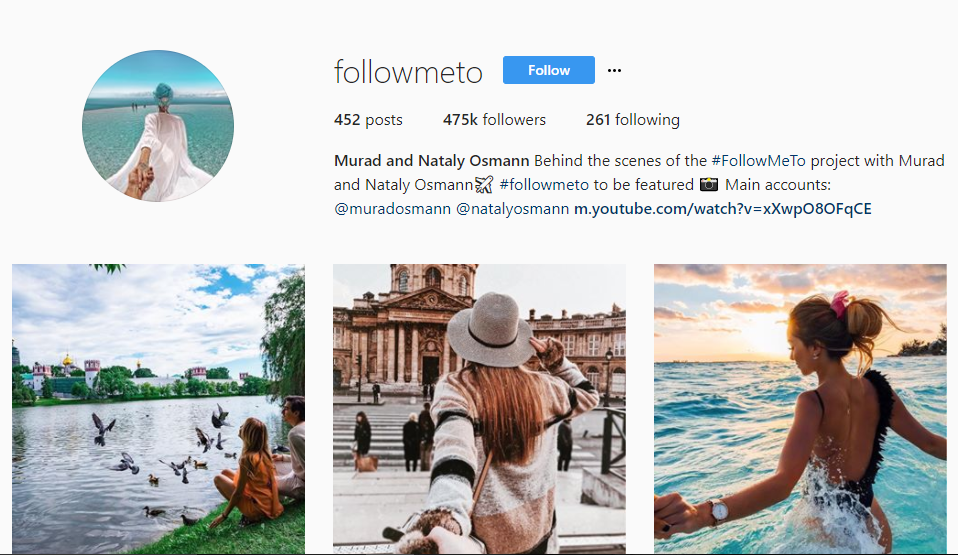

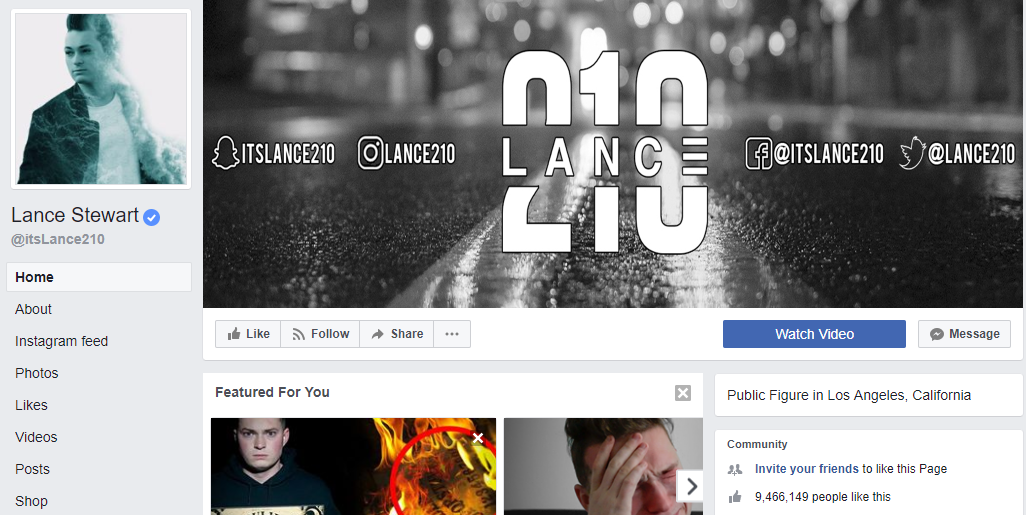
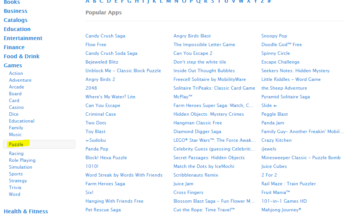
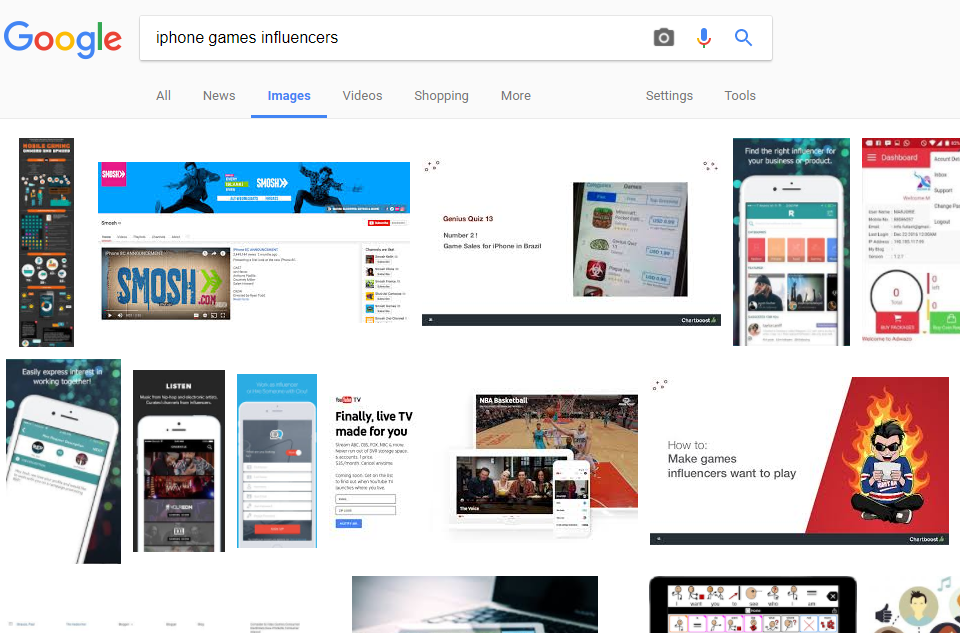
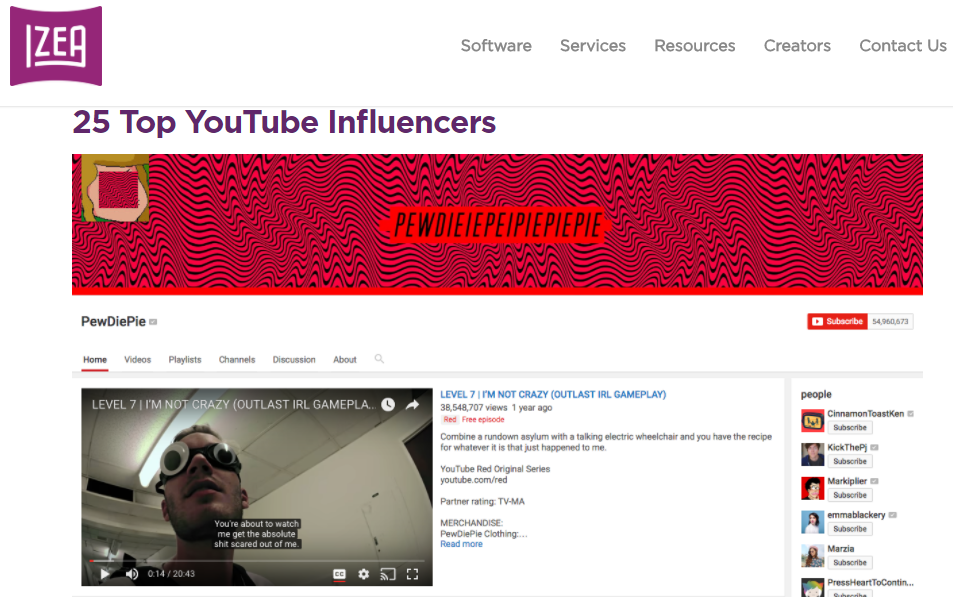
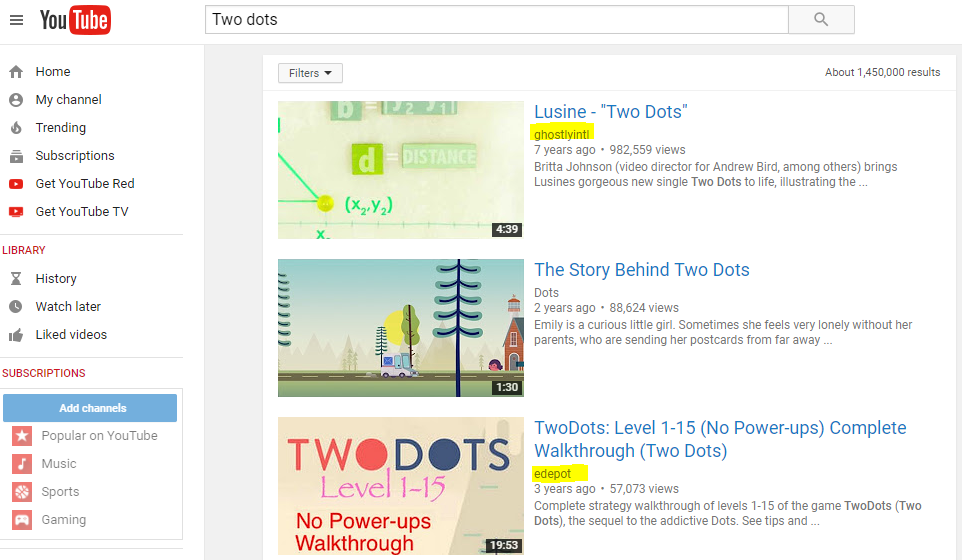
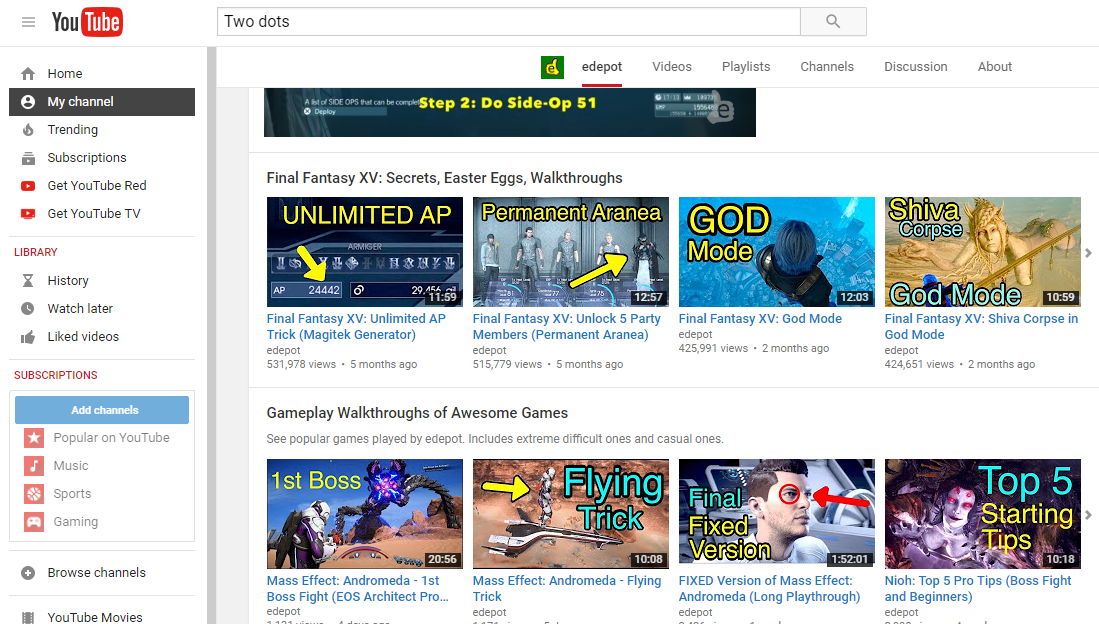
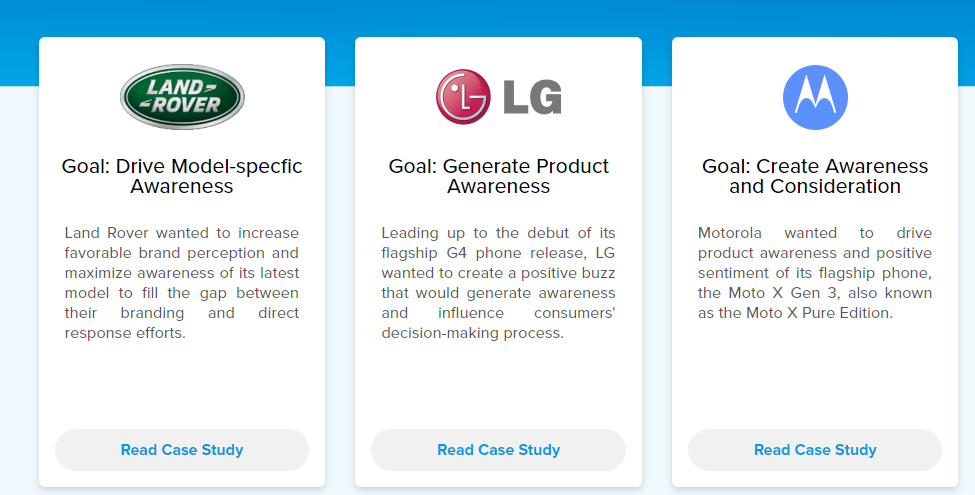
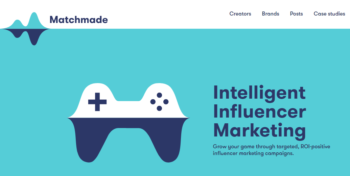
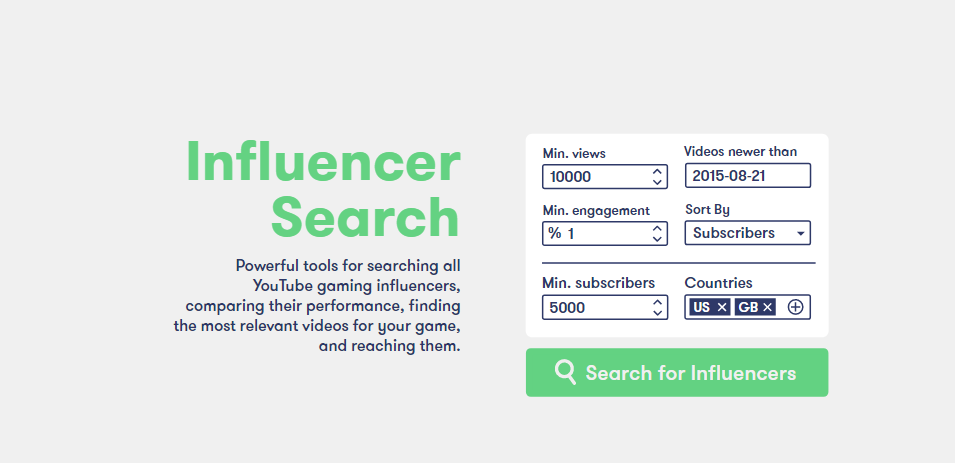
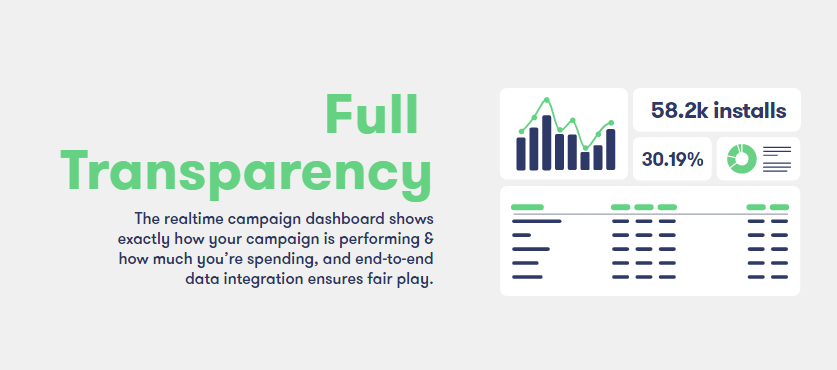
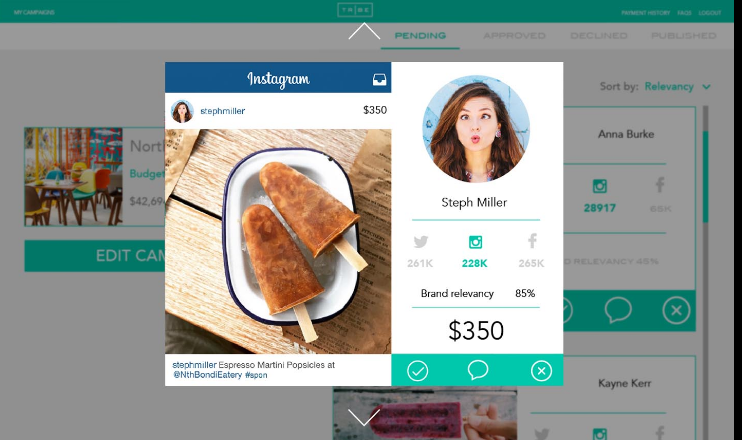
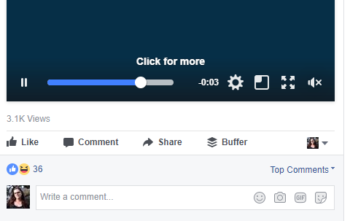

Comments (14)